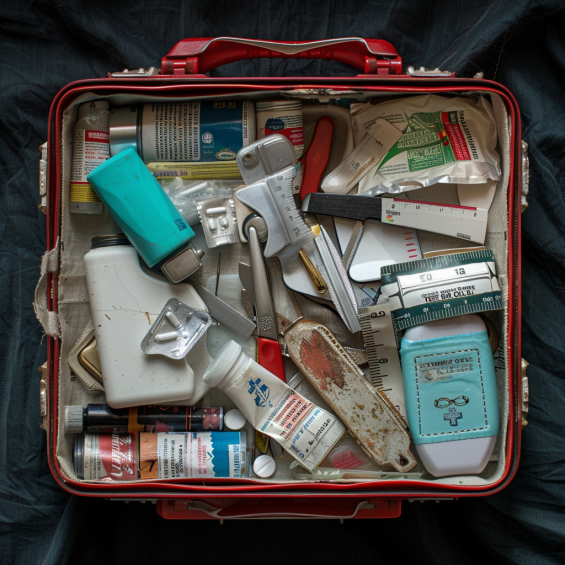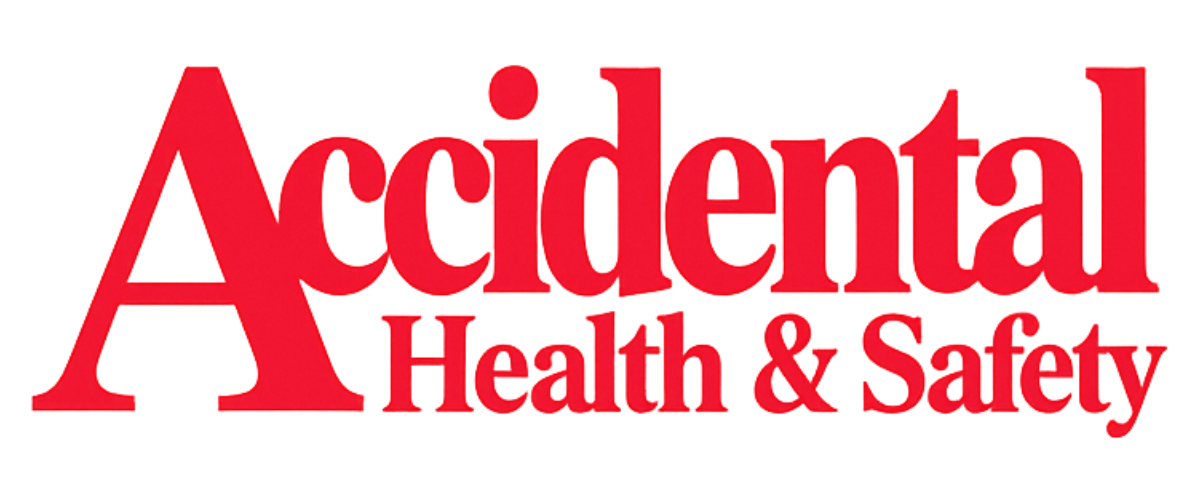Training and Assessment Delivered on Behalf of Allens Training Pty Ltd RTO 90909
What should not be in a first aid kit?

You might know what should go in a first aid kit! But today, we’re going to discuss what should not be in a first aid kit? Handy cabinets, open bags and interesting ideas mean that often things end up where they shouldnt. In this article, we’ll go through things that should not be in a first aid kit.
Medications
Medications should not be included in a first aid kit. While they are a health related item, they can actually make your first aid response less effective because paracetemol and ibuprofen can mask the pain of serious symptoms.
Expired Items
First Aid supplies have a use-by date. You don’t want to pull out a bandage and notice that because it’s past its use-by date it’s turned to powder. Australian First Aid guidelines encourage us to check the kit yearly and replace any out of date equipment.
Food and Beverages
If someone has diabetes, the right foods can help them when they have low blood sugar. However, it’s best to keep them in the pantry or in the fridge, rather than in a first aid box. If food spoils or spills it can contaminate items that need to be sterile and clean when applied to a wound.
Sharp Objects:
Sharp objects such as needles, scalpels, or razor blades should not be included in a general-purpose first aid kit due to the risk of injury and misuse. These items are typically for medical professionals in controlled settings.
Personal Stuff:
That cabinet has space, yes, but that doesn’t mean your deodorant, wallet or tools should be left in a first aid kit. In an emergency everything needs to be well organised so it’s easy to find quickly in an emergency.
Wrap Up
Let’s remember not to include medications, expired items, food and beverages, sharp objects and personal gear in the kit. Keen to get first aid ready? Check out our guide to the first aid code of practice to learn what you can do for your business.

